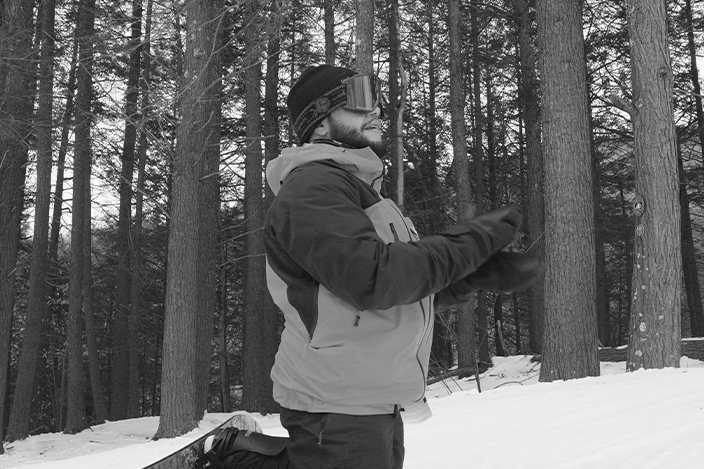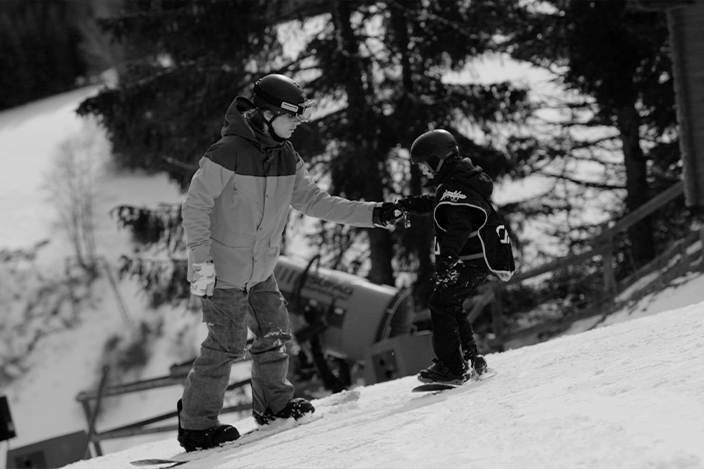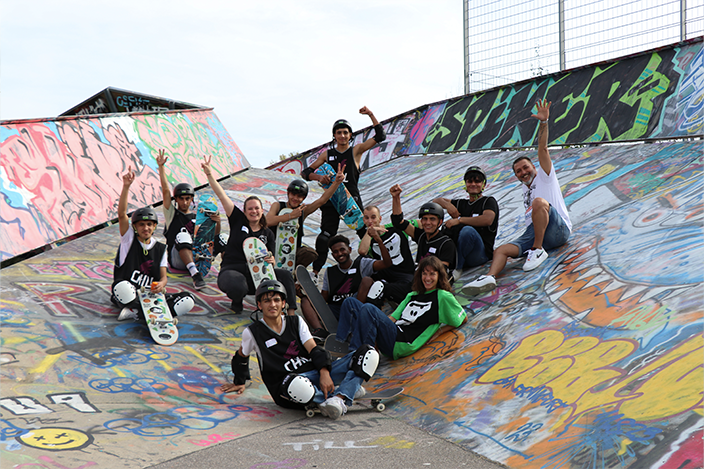When I talk about Chill in front of an older group of snowboarders, skateboarders, or surfers, I ask them to reflect on where they’d be today if they hadn’t discovered their passion for their chosen boardsport. Looking out at the crowd I see a contemplation of paths avoided, roads embraced, and inevitably, a smile as they picture an image from their past. I often see heads nodding, acknowledging that without the discovery of that rush, that sense of freedom, that community, they would be very different people today.
I ask that question because the youth that Chill works with face a myriad of challenges in their daily lives. Some of our youth are forced to make possibly life-altering decisions on a regular basis due to a lack of supervision as a result of incarcerated parents, stretched to breaking governmental social services, and the stark reality of their communities. These youth frequently enjoy almost unlimited freedom and the consequences for making the wrong decisions can have freedom-ending results. Other youth we work with have extremely structured lives, out of necessity for their treatment and well-being, which allows for limited decision-making outside of the confines of their program. So how does Chill fit in?
Chill provides both groups of youth the ultimate freedom, mastering a challenging individual physical activity in a short period of time, within the structure of a positive youth development (PYD) program. The results for both groups of youths are immediate, impactful, and frequently unexpected.
Last winter while on a visit to one of Chill’s thirteen snowboard programs, I had the opportunity to ride the chairlift with two sixteen year old youth from the program, along with one of their chaperones. Stacy was from a drug treatment facility where she had lived for over a year. Rhonda was from a foster home; her parents were both incarcerated and she herself had spent time in a juvenile facility. Both spoke openly about their lives and the impact that Chill had beyond snowboarding.
Stacy told me that she originally saw Chill as a way to break her regular routine, a way to meet new people from outside her treatment facility. She stated that when she arrived at the gear space to meet the other participants and get on the bus for the ride to the mountain, she was surprised at the diversity reflected in the group. She sat down next to another young woman who she later learned was originally from Uganda and had lived in the US for three years. At first they didn’t speak to each other but as the bus got rolling and the Chill staff person began that week’s lesson, the theme was “respect”, she quickly found herself working with her seat mate on an activity.
Stacy told me that when she got off the bus, having already made one new friend and interacted with several other individuals already in her short time in the program, she began to see the bigger picture of what Chill could offer her personally. Reflecting back on the previous five Chill sessions, Stacy said, “Chill makes me feel like everyone is here to support me and I’m here to support everybody. You see someone wearing Chill and you want them to succeed, you know what that feels like. I feel alone sometimes at my home (treatment facility) but I’ll have my Chill experience to think about and I’ll have a future Chill experience to look forward to.”
Rhonda’s participation in Chill was predicated on meeting specific behavioral milestones, which she did, but just barely by her own admission. Rhonda’s chaperone told me that Rhonda loves to challenge herself, usually by pursuing activities harmful to herself and others. She was working to understand what it meant to make healthy decisions that also met her need for a challenge. When I asked Rhonda if the previously five weeks were challenging enough for her she laughed, a lot. “Seriously? This is one of the hardest things I’ve ever done. Snowboarding is hard. I fell a lot, I still fall a lot. But, I’m in control. I work hard and I get better. And no matter how hard I work there is always a bigger chairlift, tricks, you name it.” I asked Rhonda’s chaperone if she’s seen a difference in Rhonda’s overall outlook since she’s been a part of Chill. “Absolutely, the improvement has been incredible. Rhonda needed this, really any of the kids I work with would benefit from the emotional and physical challenges inherent in the Chill program. Blending personal freedom to succeed and providing a structure to achieve that success, that’s what it’s all about.”
Both Stacy and Rhonda will face significant challenges in the months and years to come, but we know that because they participated in the Chill program they will have a better chance at successfully overcoming those challenges. I hope to look out at a crowd one day and see Stacy and Rhonda nodding their heads and smiling, thinking back to their time at Chill as a contributing factor to their happiness and well-being today.



